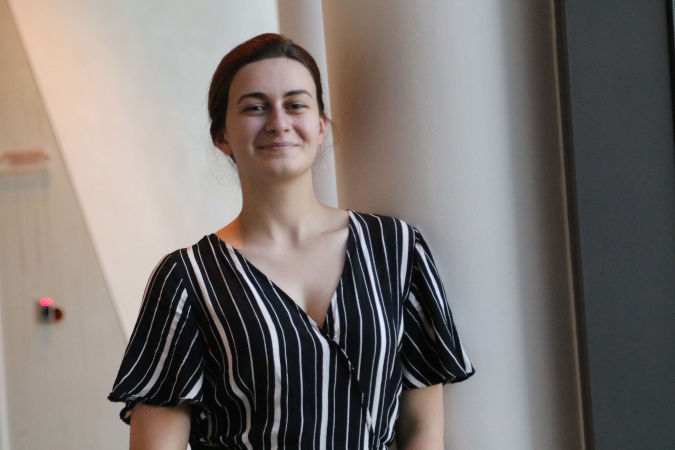In the words of Mariam Lomtadze: “By presenting gender data in innovative ways, we can inform society about gender inequality”
Date:
“I very much enjoy hackathons. I get to learn, make new friends and connections, develop my skills and, most importantly, contribute to finding solutions to particular problems. I joined the gender data visualization hackathon because I wanted to go deeper into the details of the gender data presented.
Once our team became familiar with the gender data, we decided to focus on early marriage and the many girls forcibly married between the ages of 14 and 19.
Early marriage creates obstacles to girls’ career prospects and development. So in our app, we tried to show the hard realities young brides often face, presenting our heroines – girls who married in their teens – as Walt Disney cartoon characters. We showed that real life was quite different from fairy tale “and they lived happily ever after” endings. We also customized our heroines with characteristics from the different regions of Georgia, so the audience could relate to them better.
In our app, players answer questions to determine their chosen heroine’s future. Based on their answers, they can see how close their choices would be in real life. The app helps users understand the many possible scenarios so they can choose the best option for them.
Presenting gender data in an innovative, easily understood manner helps us raise people’s awareness of important issues like gender inequality. As more people are exposed to gender equality problems, it makes it easier to find lasting solutions.”
